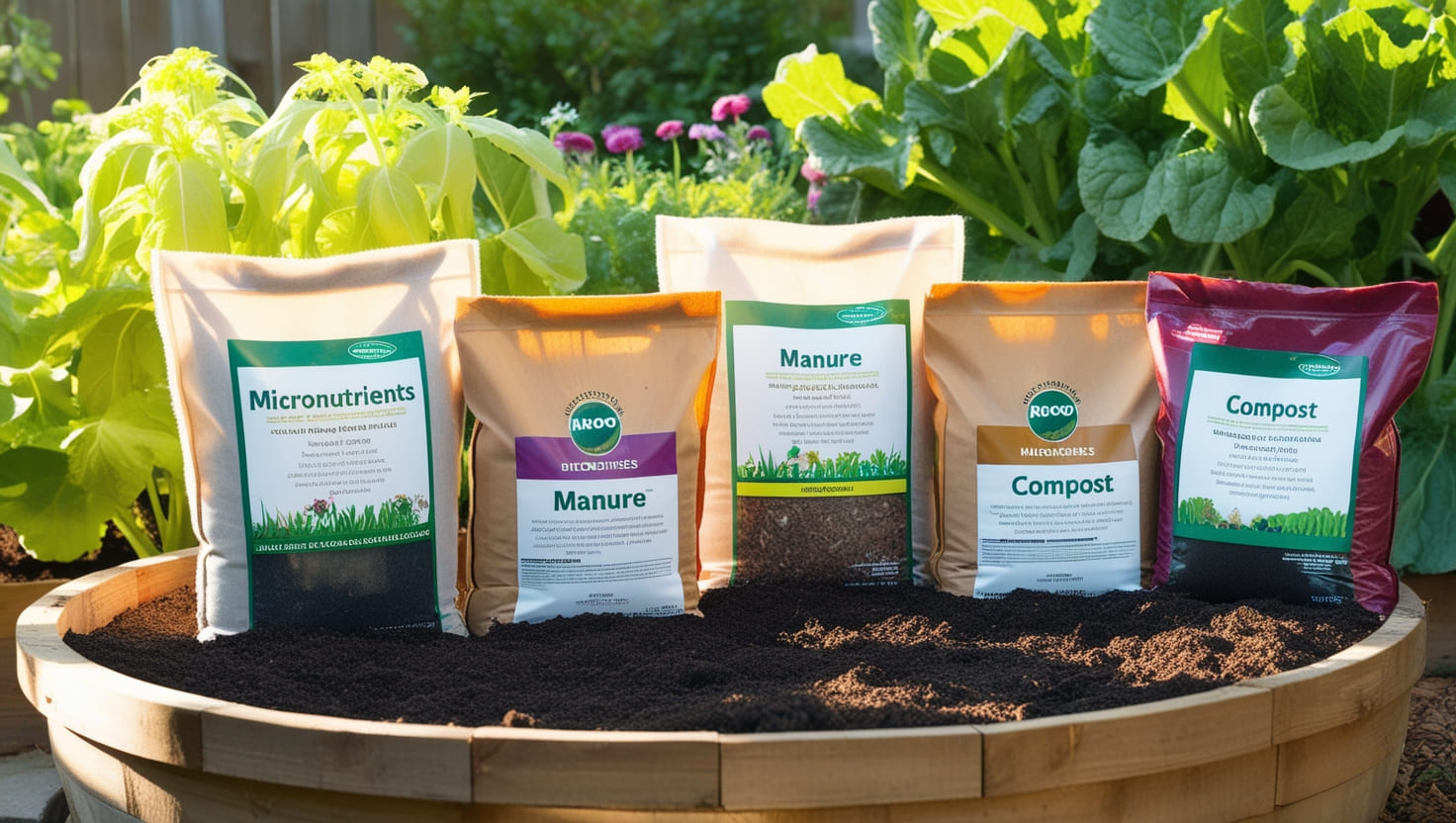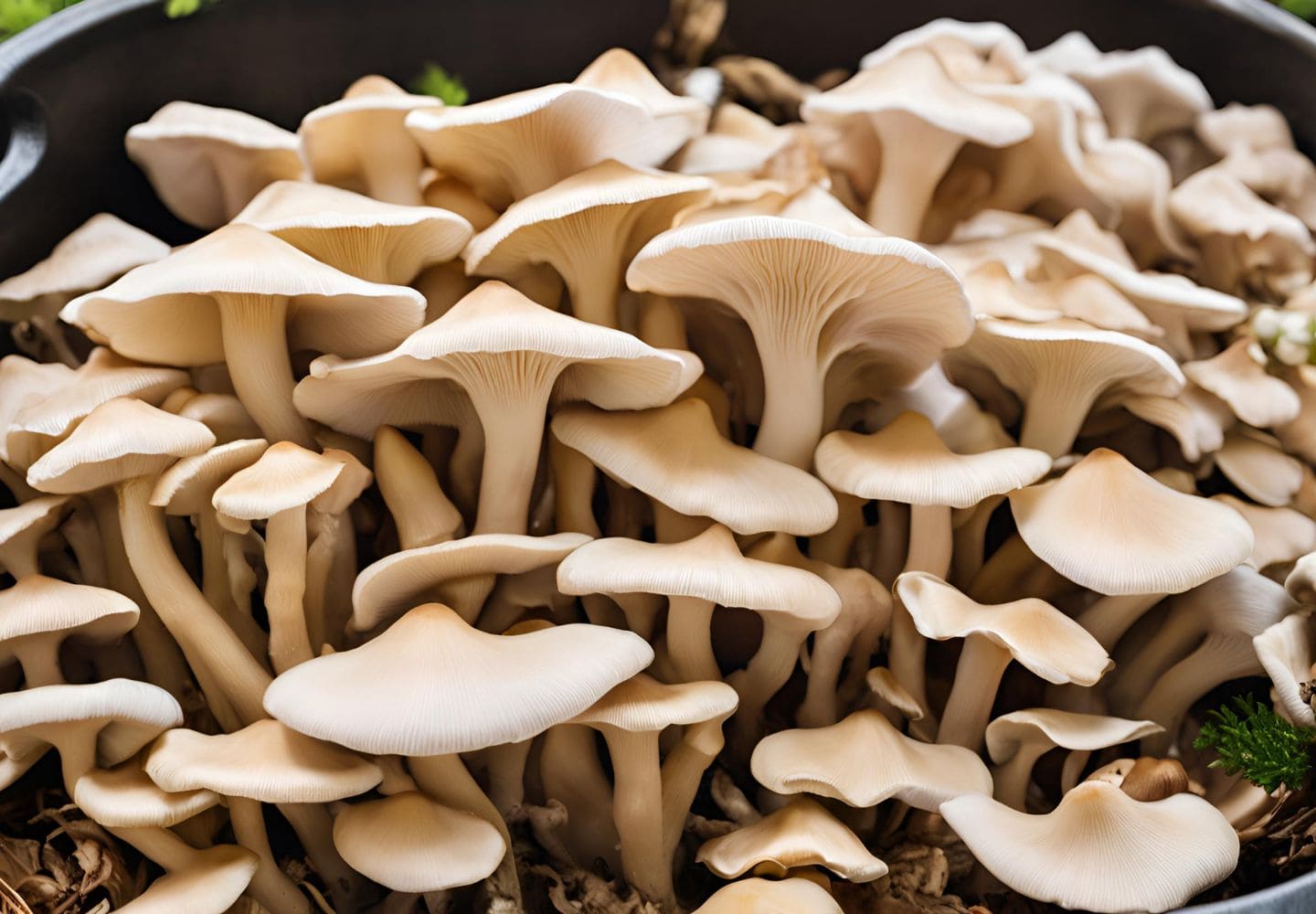
What are oyster mushrooms?
The oyster mushroom is a type of edible fungus known for its soft, tender, and fleshy texture. They are mainly milky or light brown in color and look very much like snails. These mushrooms are popular all over the world for their distinctive taste and nutritional value.
The Origin and History of the Oyster Mushroom
Oyster mushroom is a popular edible mushroom, known for its tip-like shape and soft flesh. Its scientific name is Pleurotus ostreatus. This mushroom tastes like sea oysters and is commonly used in Chinese, Japanese and Korean cuisine.
The oyster mushroom originated in East Asia, but is now cultivated worldwide. It was widely used as food in ancient China and Japan. Since World War II, the cultivation of oyster mushrooms has increased, especially in Europe and America. Apart from being delicious, it has gained immense popularity due to its high nutritional value and easy to cultivate.
The oyster mushroom is an easy-to-grow mushroom that can also be grown indoors. So for many it is a good option to produce it yourself at home.
The Different Types of oyster Mushrooms
There are different types of oyster mushrooms, which can vary depending on the cultivation environment and species.
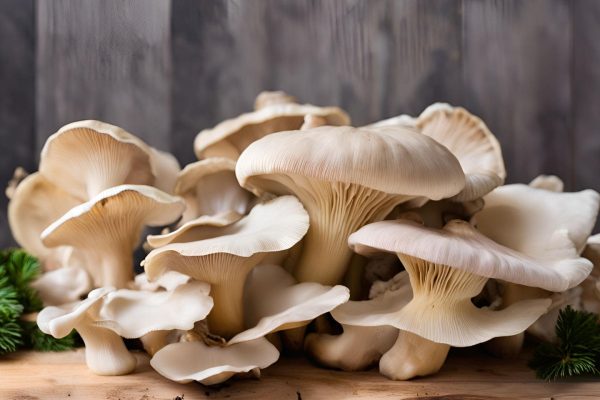
Winter oyster mushrooms
Winter oyster mushrooms, also called a wintering variety of Pleurotus ostreatus, usually grow in winter and grow quite well in cold temperatures. It is usually found in cold regions.
Winter oyster mushroom is an excellent edible plant, which grows naturally in winter and can be grown at home.
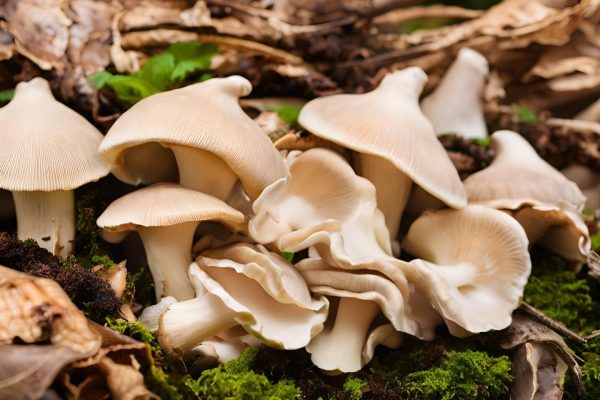
Summer oyster mushrooms
The summer oyster mushroom, also known as Pleurotus major-caju or Pleurotus pulmonarius, grows well in warm summer temperatures. Its taste is sweet and sour. The texture is firm but soft to eat, which is suitable for soups, stir-fries, pasta, or grilled foods. Warm and humid climate is suitable for its cultivation. It can be cultivated using wood, straw, or wood powder. It is also relatively easy to cultivate in summer under domestic conditions.
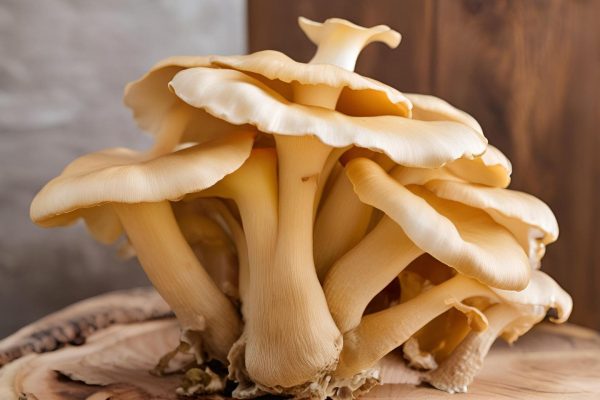
Golden oyster mushroom
The golden oyster mushroom, scientifically known as Pleurotus citrinopileatus, is known for its bright yellow color and sweet taste properties. This mushroom is quite popular in East Asia and some of its special features are that the color of the golden oyster mushroom is bright yellow, which distinguishes it from other mushrooms. The caps are rounded, somewhat smooth in appearance, and often grow clustered together. The cap is soft and smooth.
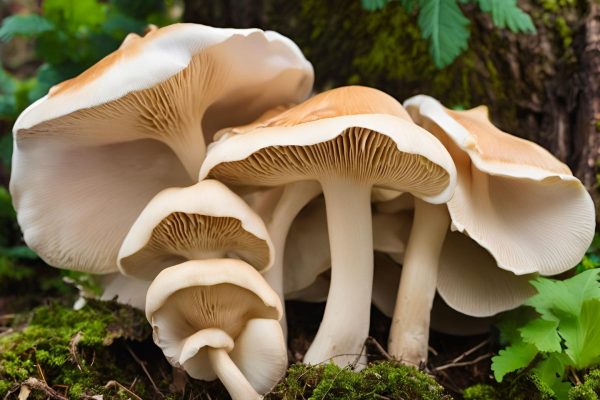
King oyster mushroom
The king oyster mushroom, scientifically known as Pleurotus eryngii, is one of the largest oyster mushroom species. It is famous for its meaty texture, buttery-like taste, and use in various cuisines. Below are some of the characteristics of the king oyster mushroom, the king oyster mushroom has a large, thick stem and a small, rounded cap. It has a somewhat stout appearance, and its stem is soft and thick. Its color is usually white or light brown. It is different from other oyster mushrooms.
The basic idea of the cultivation of oyster mushrooms
Cultivating oyster mushrooms is much easier and less time-consuming. But it is better to know some basic knowledge and methods. Learn more about how to make perfect Mulch for gardening.
Choosing a suitable place for farming
It is very important to choose a suitable place for the cultivation of oyster mushrooms. Because any mistake in choosing the right place can lead to a big failure, there are several things to keep in mind when choosing the right place, such as choosing a shady and cold place for growing oyster mushrooms. It grows well in humid weather, so it should be selected in places where direct sunlight does not reach.
Creating seedbeds and nutrient media
For the cultivation of oyster mushrooms, maximum care should be taken during the preparation of seedlings. In this case, all kinds of materials must be collected in order to prepare an ideal and nutritious seedling.A nutritive medium has to be created for mushroom cultivation, which is usually made from straw or wood pellets. This medium must be thoroughly disinfected when preparing the seedling.
The process of planting crops
The process of planting oyster mushrooms is simple. Crops are sown at the designated place by mixing nutritive medium with seeds.
Necessary ingredients for the cultivation of oysters
It is important to use the right materials in the cultivation of oyster mushrooms. Important materials for growing oyster mushrooms include substrates such as rice straw or wood chips, spawn, polythene bags, substrate sterilization equipment, water sprinkler bottles, temperature and humidity control equipment, sharp knives or scissors, shelves or racks, and lighting control systems. These materials will help you prepare for a successful and effective cultivation.
Maintain proper temperature and humidity
Proper temperature and humidity are very important in the cultivation of oyster mushrooms. Because if there is no proper balance of temperature and humidity at this time, the completed process can fail.It is necessary to maintain the right temperature and humidity for mushroom cultivation. Usually requires a temperature of 20-30 ° C and a humidity of 80-95%.
Light and ventilation requirements
Mushrooms can grow very well with the right amount of air circulation, at the same time adequate amount of light is required. For this, there should be adequate lighting and ventilation for the cultivation of oyster mushrooms. However, direct sunlight should be avoided.
Potential challenges and solutions in oyster mushroom cultivation
Cultivation of oyster mushrooms have not much challenges. It is very easy to cultivate, it is quite popular because of the very simple cultivation method. However, there are some challenges in the cultivation of oyster mushrooms, which can be solved if the right methods are followed.
Disease and insect attack
Disease and insect attack can be a major problem in mushroom cultivation. To prevent it sterile seeds and nutritive medium should be used.
Tips to increase productivity
Humidity and temperature should be controlled regularly to increase yield. Besides, the seed bed should be kept clean regularly.
Nutritional properties of oyster mushrooms
Oyster mushroom is a popular mushroom that is very beneficial for nutrition. It is rich in the following nutrients:
1. Protein : Oyster mushrooms contain high-quality protein which is important in a vegetable-based diet.
2. Vitamin : It is especially rich in vitamin B-complex (such as B1, B2, B3, and B5), which is helpful in the body’s metabolism and energy production.
3. Minerals : It contains calcium, phosphorus, potassium, and selenium, which are important for bone health and the immune system.
4. Fiber : Due to its high fiber content, it improves the digestive process and helps prevent constipation.
5. Antioxidants: Antioxidants protect the body’s cells from damage caused by free radicals.
6. Low-calorie: It is low in calories, which is helpful in weight control.
Oyster mushrooms are used in various cuisines as a healthy food and should be included in the diet due to its nutritional value.
The health benefits of oyster mushrooms
Oyster mushrooms are a healthy food. It is high in protein and fiber, which improves digestion. It contains vitamin B-complex and minerals, which boost energy and support the immune system. It is also low in calories and helps in weight loss.
Boost the immune system: The beta-glucan present in oyster mushrooms is helpful in boosting the immune system.
Helps to control cholesterol: Oyster mushrooms contain a high amount of fiber, which helps to control cholesterol.
Antioxidant source: Oyster mushrooms contain a lot of antioxidants, which protect the cells of the body from damage.
How to cook oyster mushrooms
Oyster mushrooms can be cooked in different ways. Some of the popular recipes are:
Roasted Wester mushrooms: Roasted oyster mushrooms are easy to make. It is simply fried with salt, pepper and oil.
Oyster mushroom soup: Making soup with oyster mushrooms makes it tasty and nutritious.
Oyster mushroom pasta: Oyster mushroom pasta is a popular and delicious dish.
The demand and potential of oyster mushrooms in the market
The demand for Oyster mushrooms in the market is increasing day by day. Many people choose it because it is healthy and nutritious. Apart from this, mushroom cultivation is easy as it has a lot of commercial potential.
Economic aspects of oyster mushroom cultivation
Profitable income is possible from the cultivation of oyster mushrooms. Especially in the areas where the demand for mushrooms is high, there is a good profit by cultivating it.
Conclusion:
Oyster mushroom is a nutritious and tasty food ingredient, which provides many benefits for health. Its high protein, fiber, and vitamin B-complex-rich properties are helpful in meeting the nutritional needs of the body. Also, it is low in calories and helps in weight loss. It can be used in various cuisines, which enhances the taste and nutritional value of food. Its health benefits and availability combined together make oyster mushrooms an ideal food ingredient.
Common questions about oyster mushrooms.
What is the best time to plant oysters?
Winter is the most suitable time for the cultivation of oyster mushrooms. However, it can be grown in different seasons.
Is it possible to eat oyster mushrooms raw?
Yes, oyster mushrooms can be eaten raw, but cooking enhances its taste and nutritional value.
How long is the shelf life of oysters?
Oyster mushrooms are usually good in the fridge for 5-7 days. But it’s best to play it fresh.
What is the most popular type of oyster mushroom?
King oyster mushrooms are the most popular variety. Its thick stem and meaty taste are liked by many.
What is the cost of the oyster mushroom?
The price of oyster mushrooms depends on the region. It is usually sold at $5 to $12 per pound.

